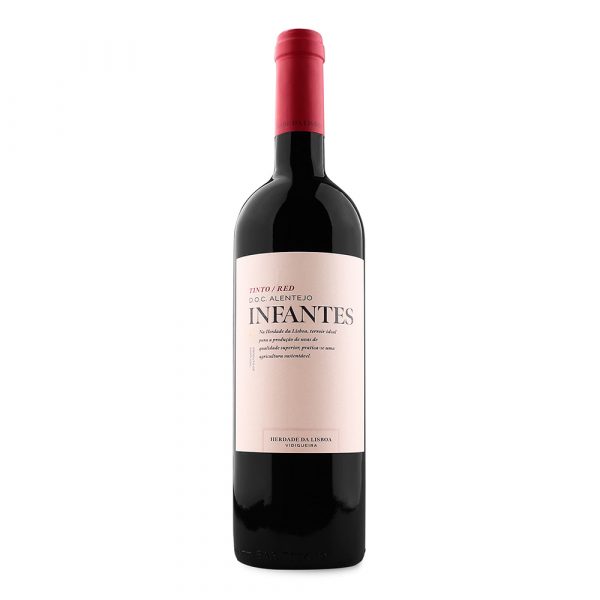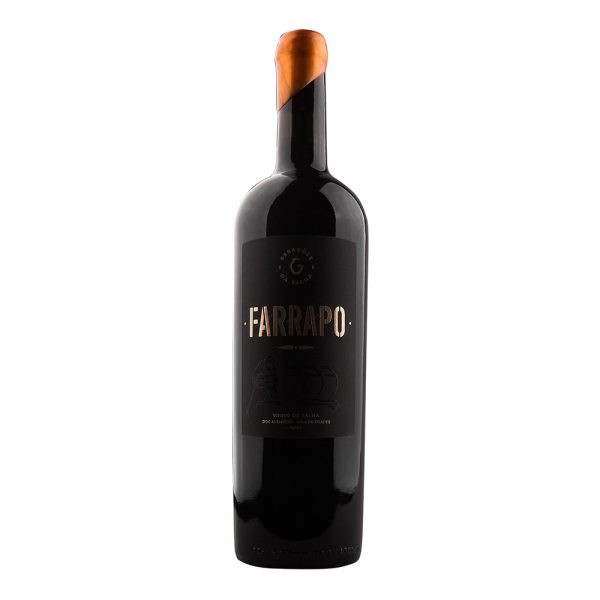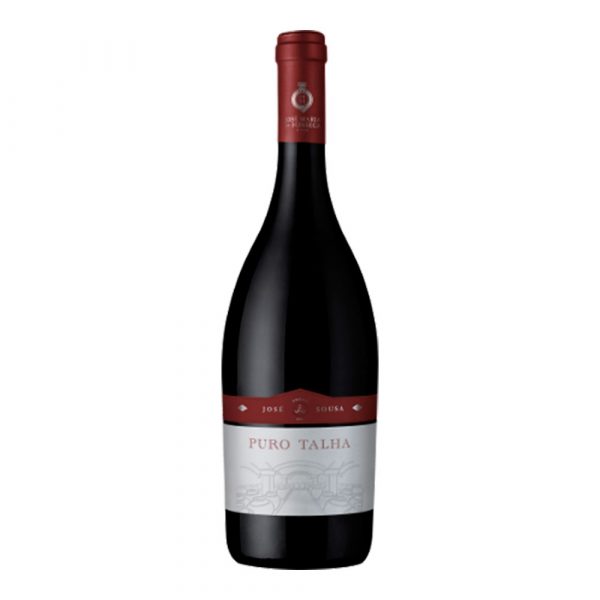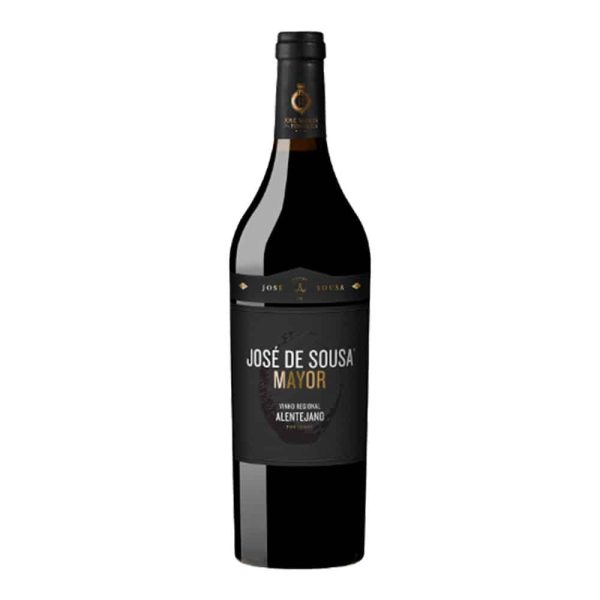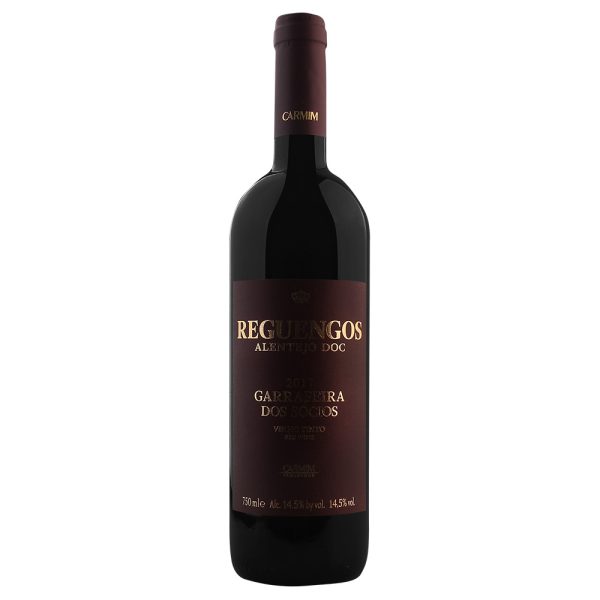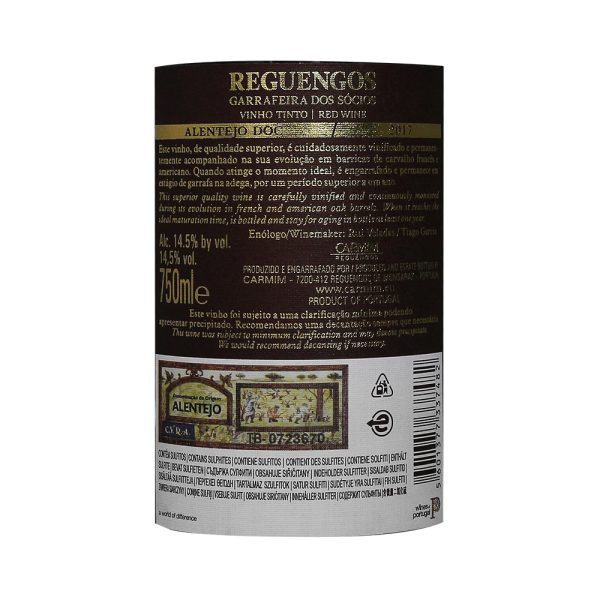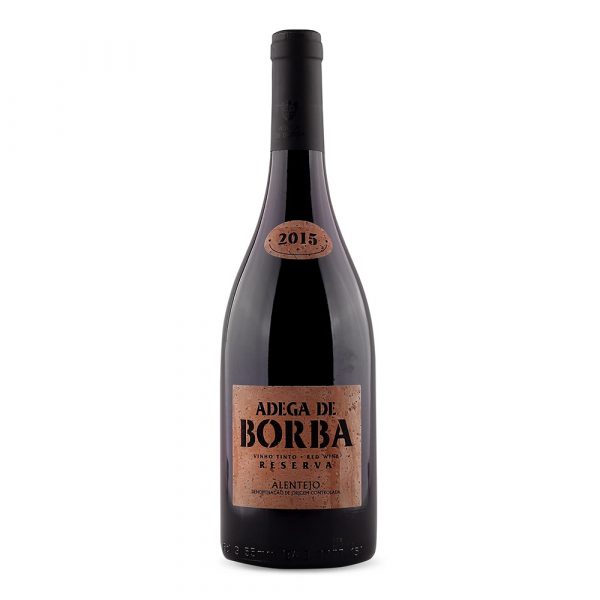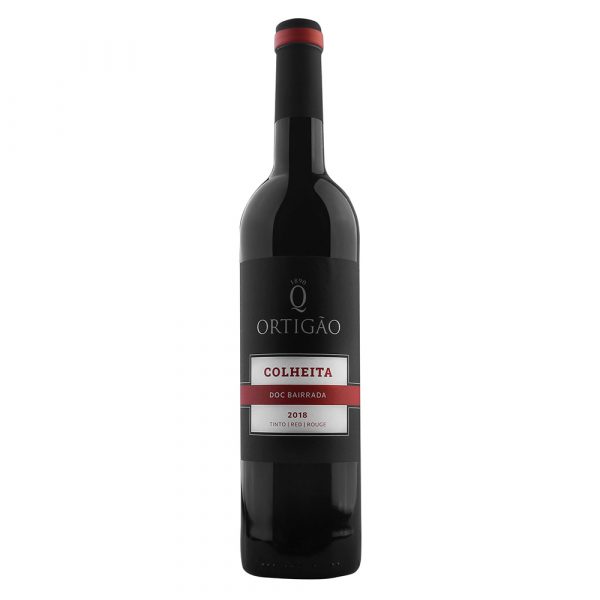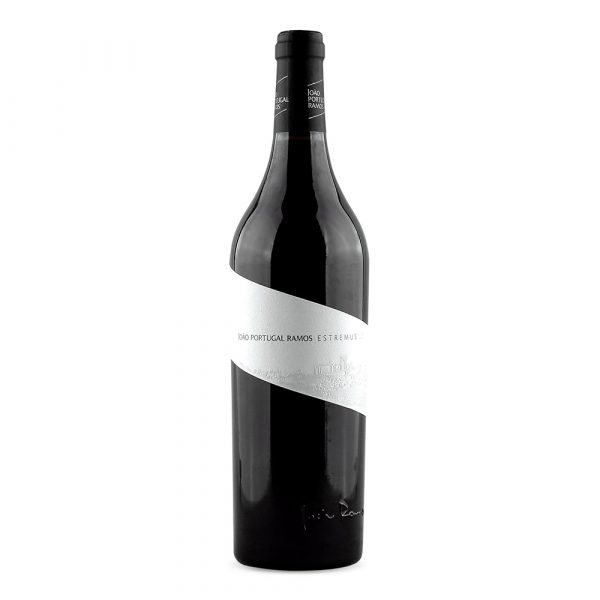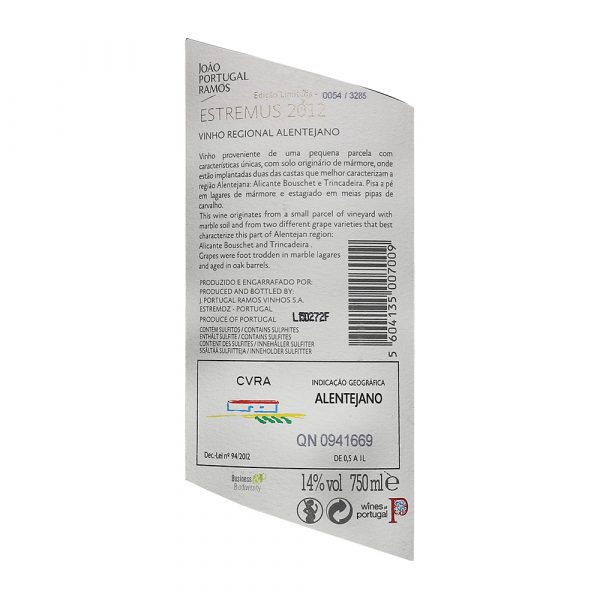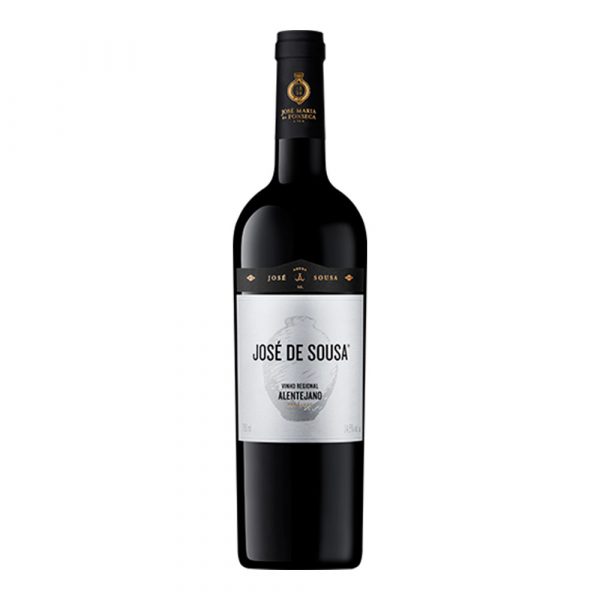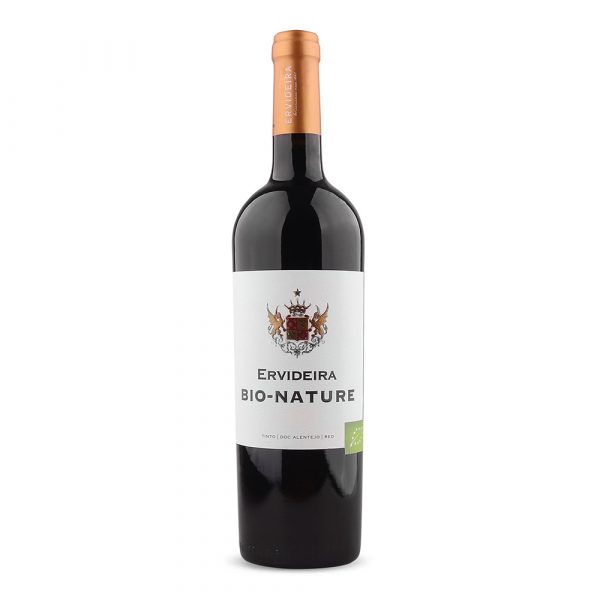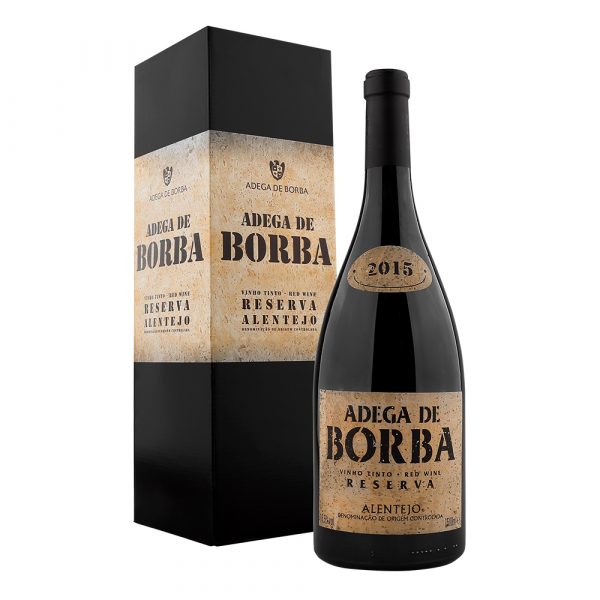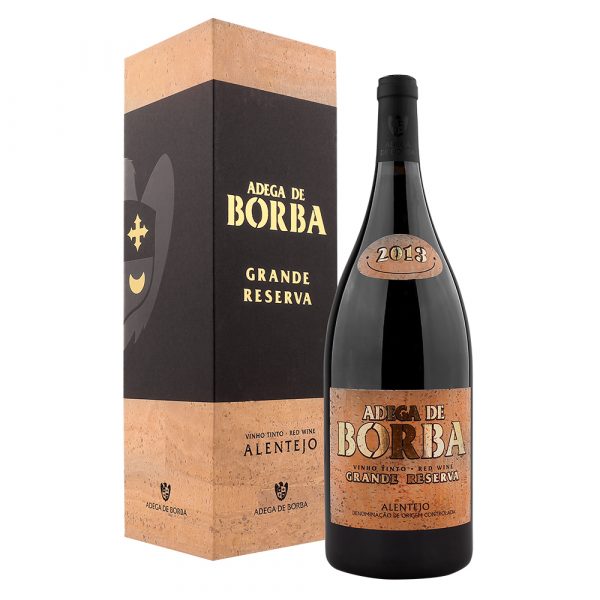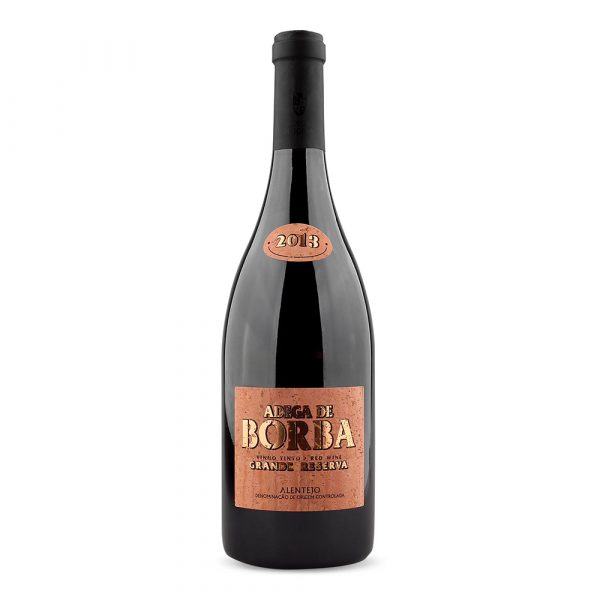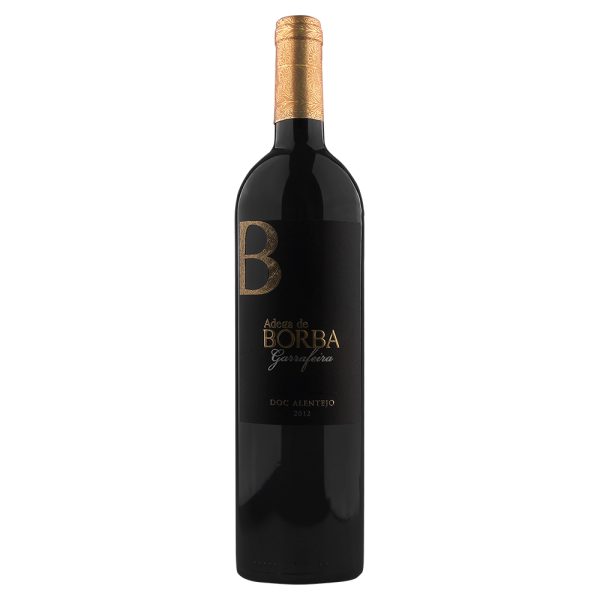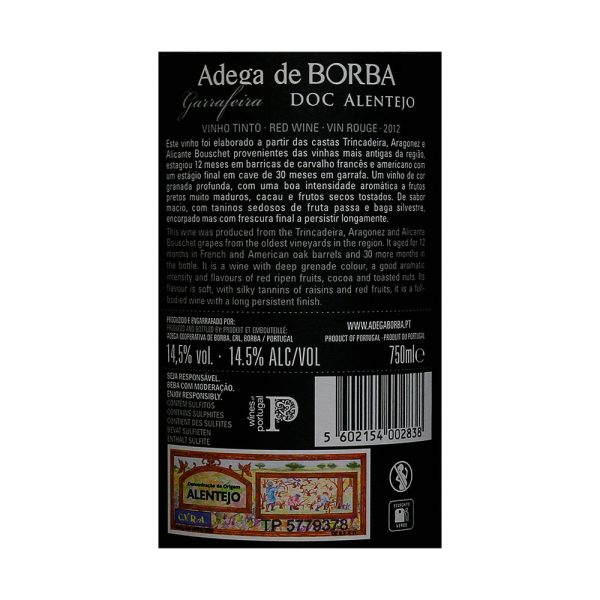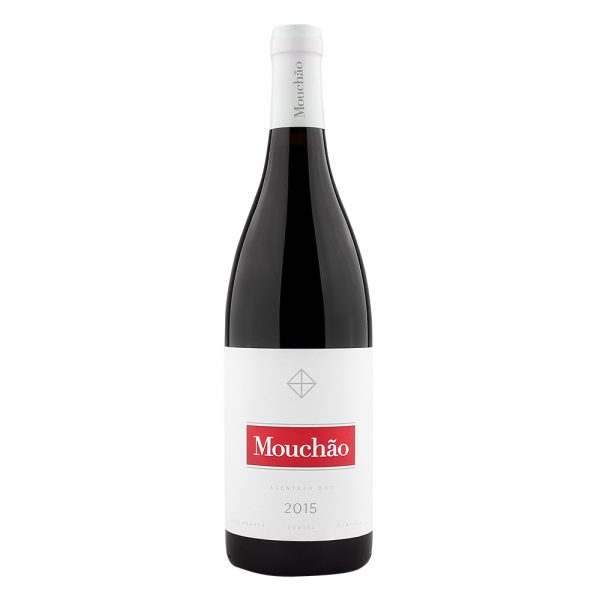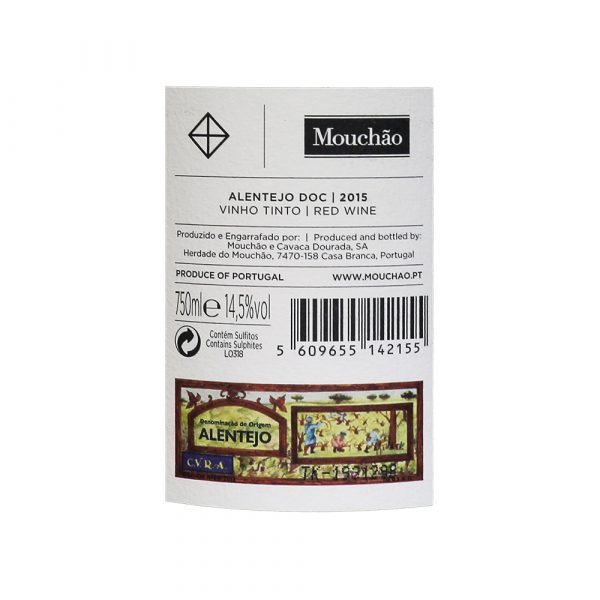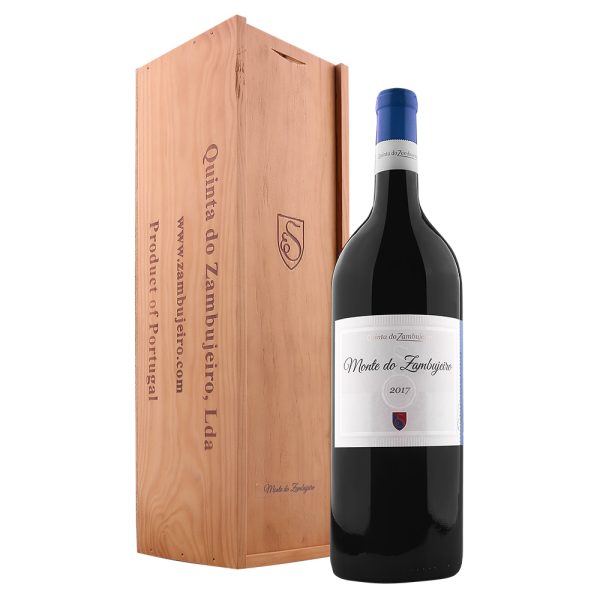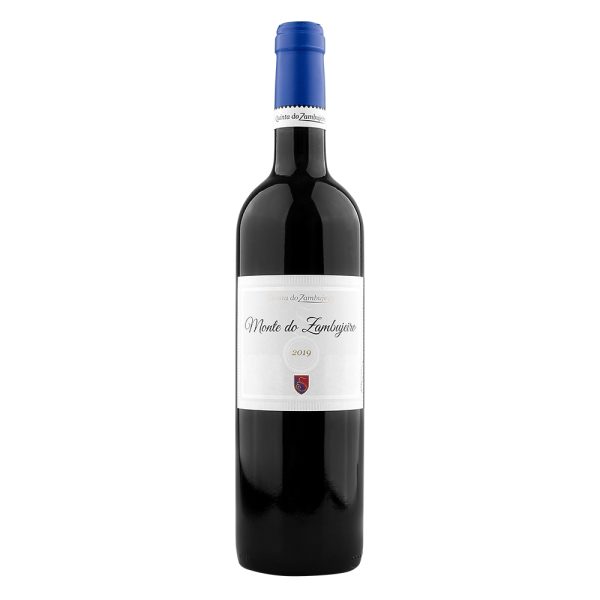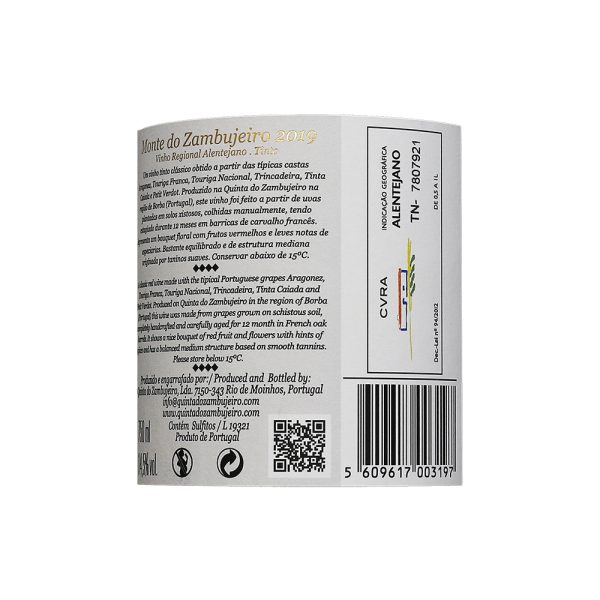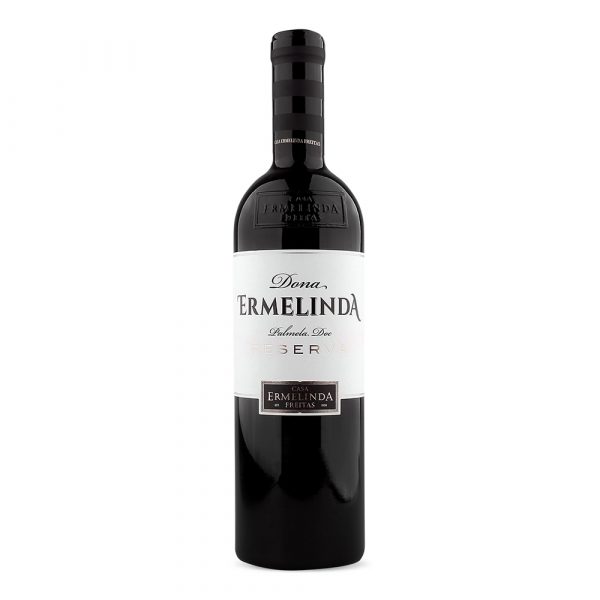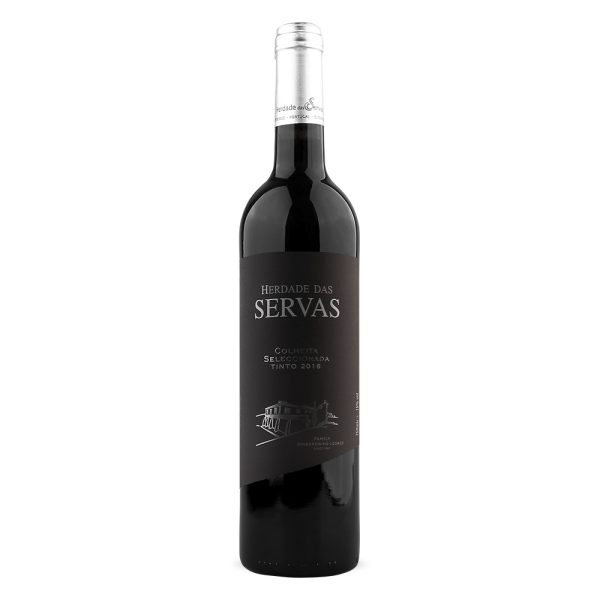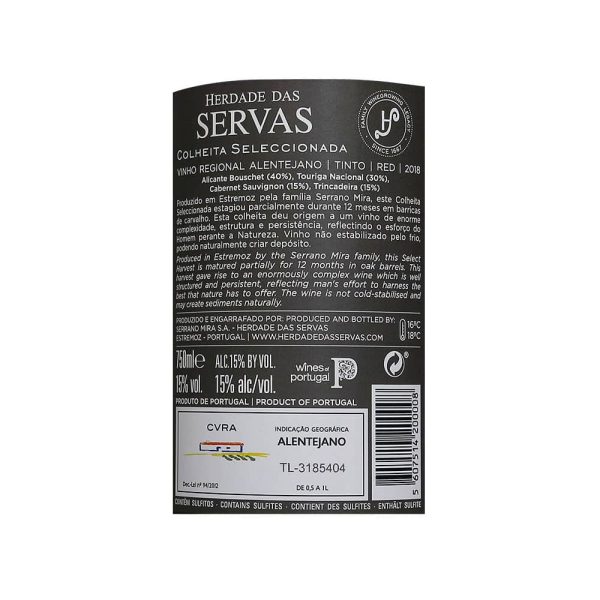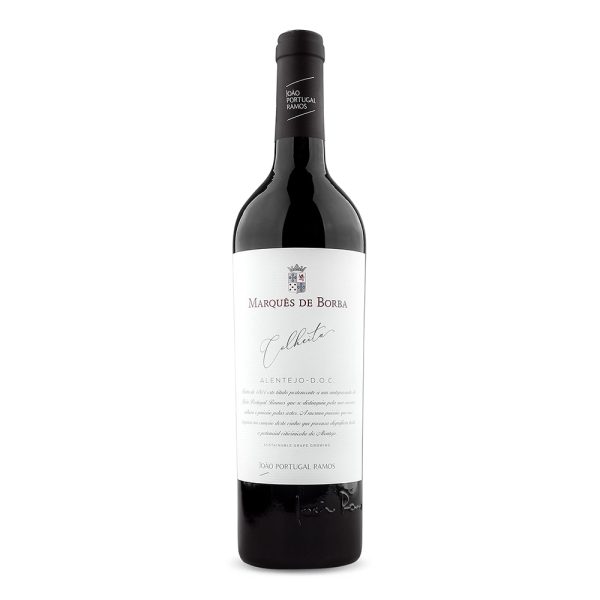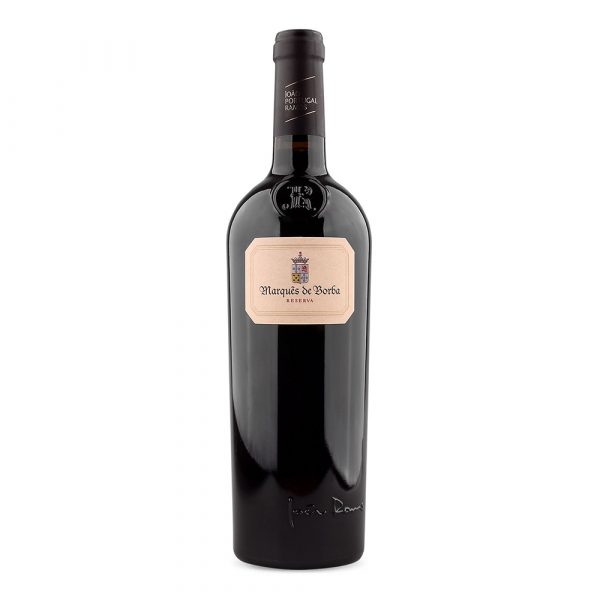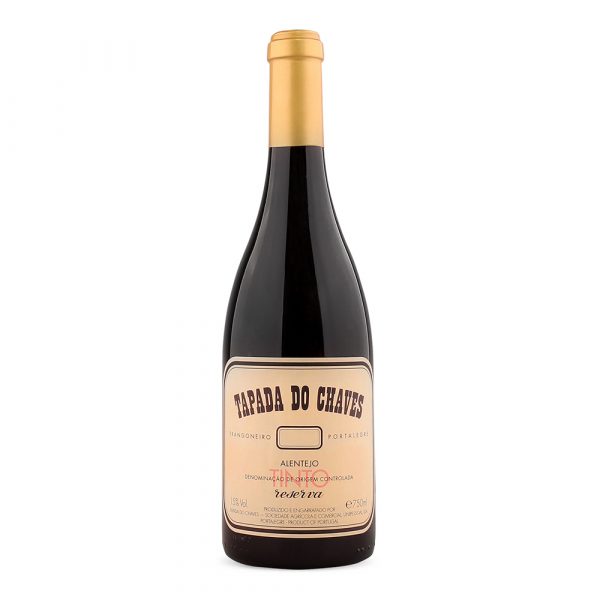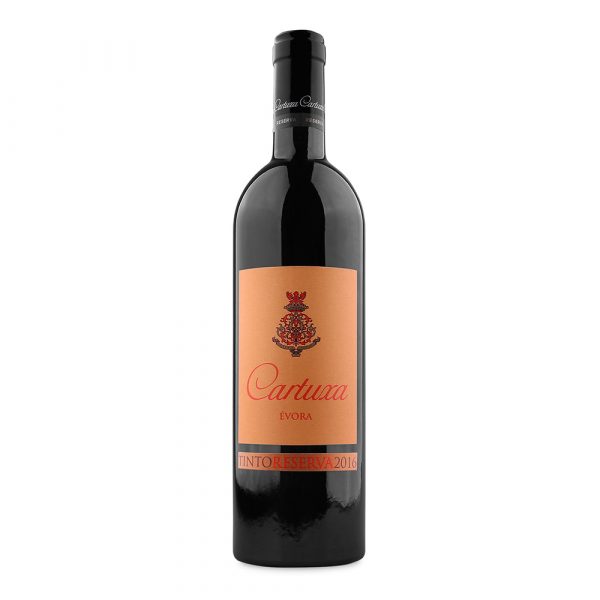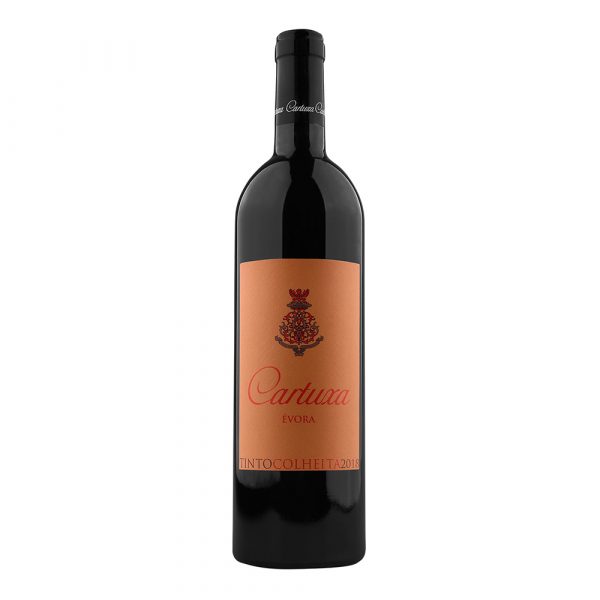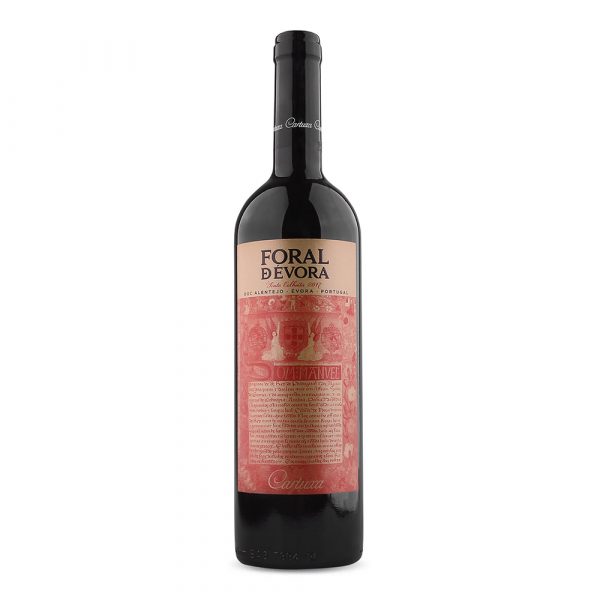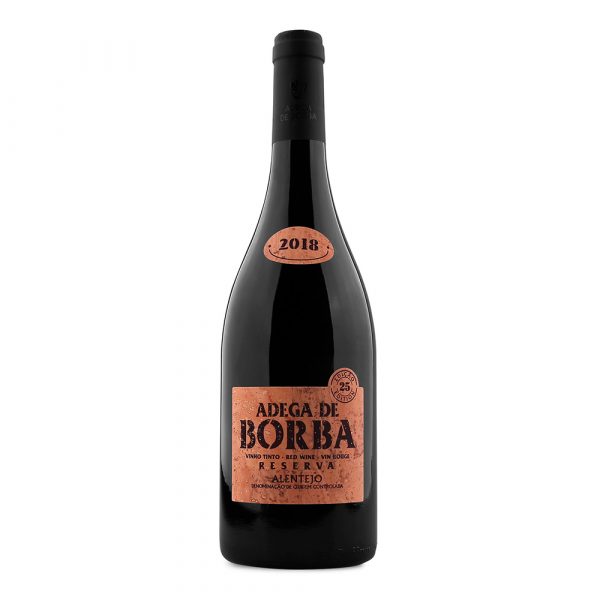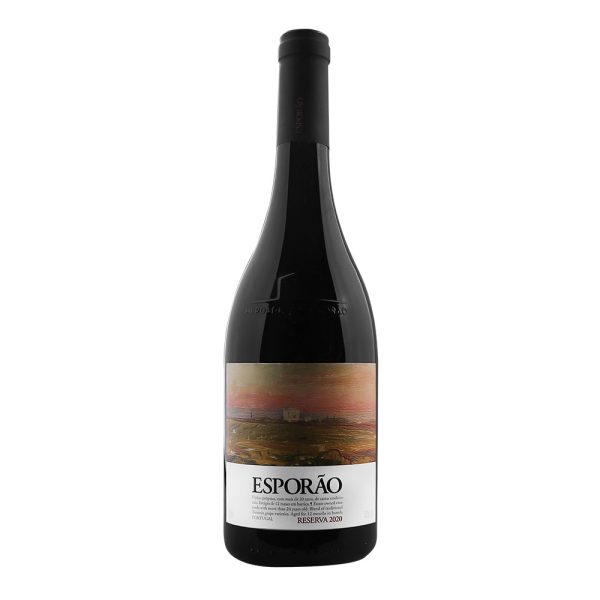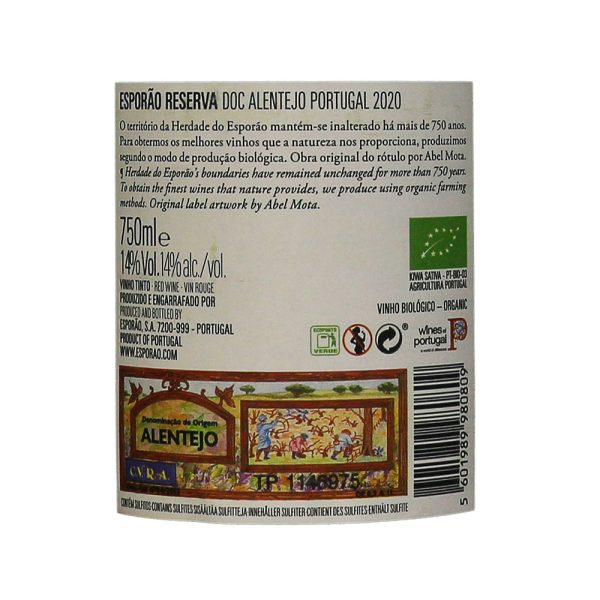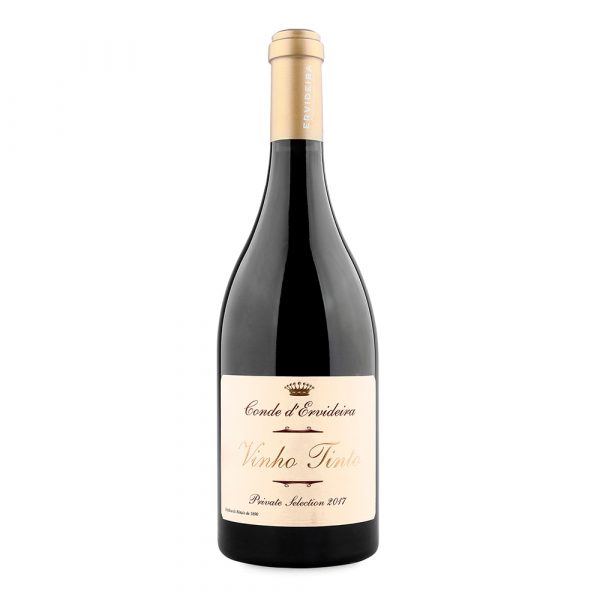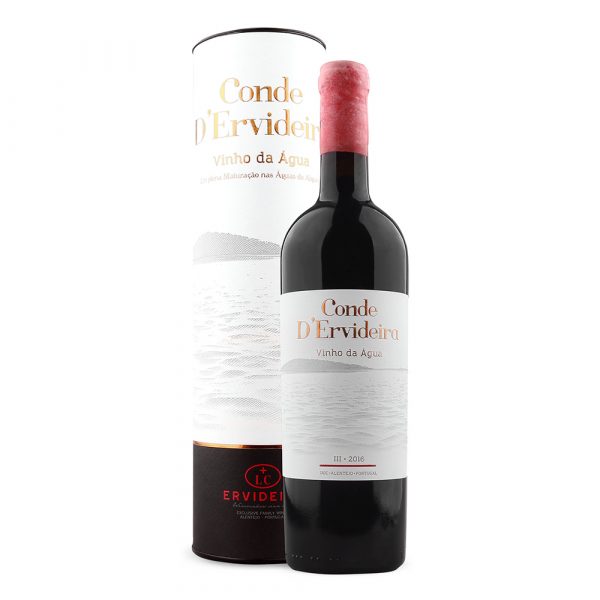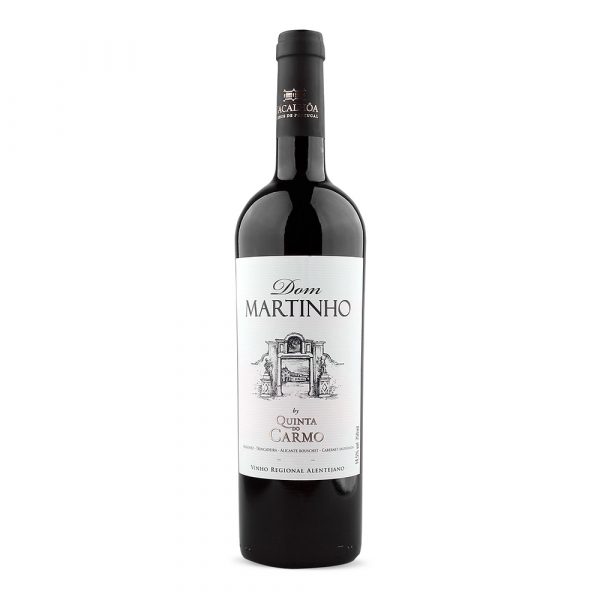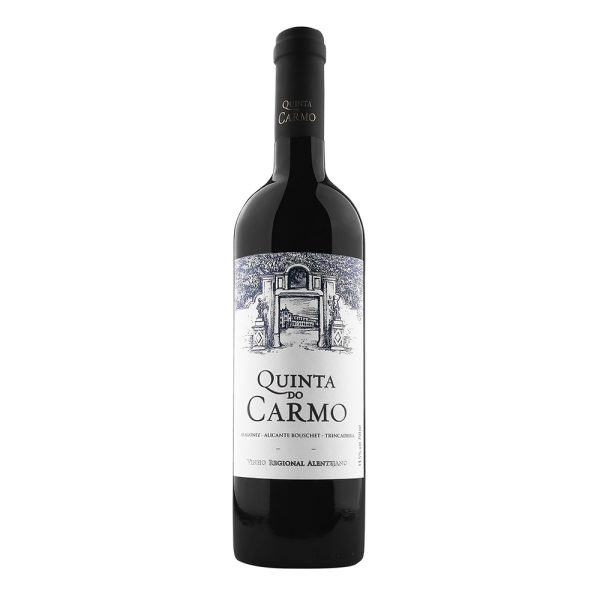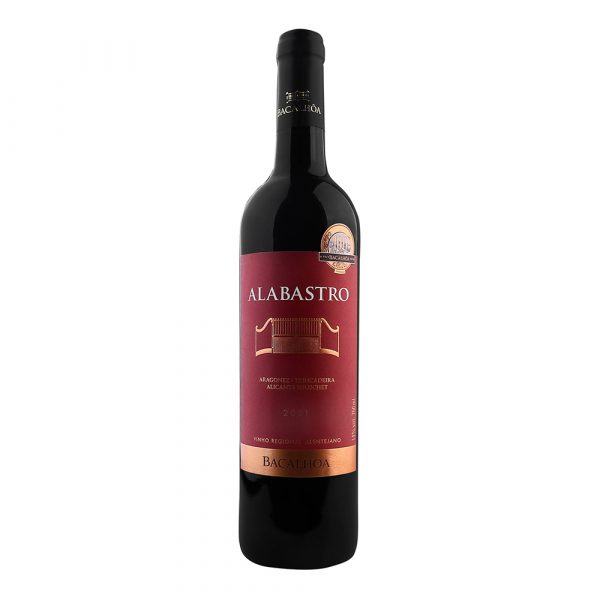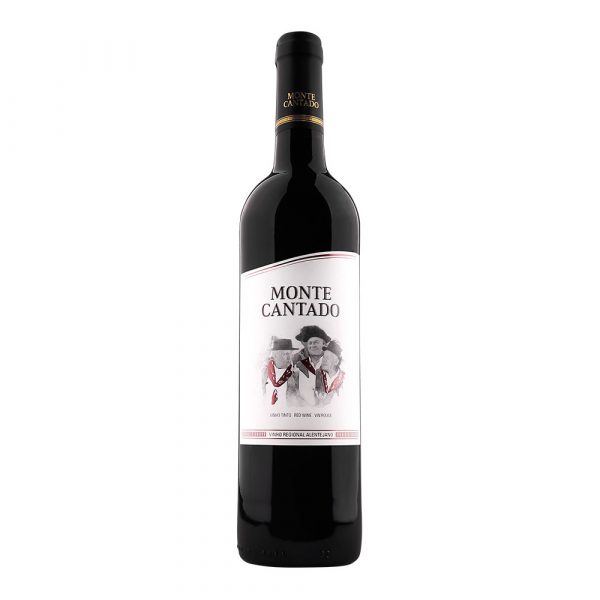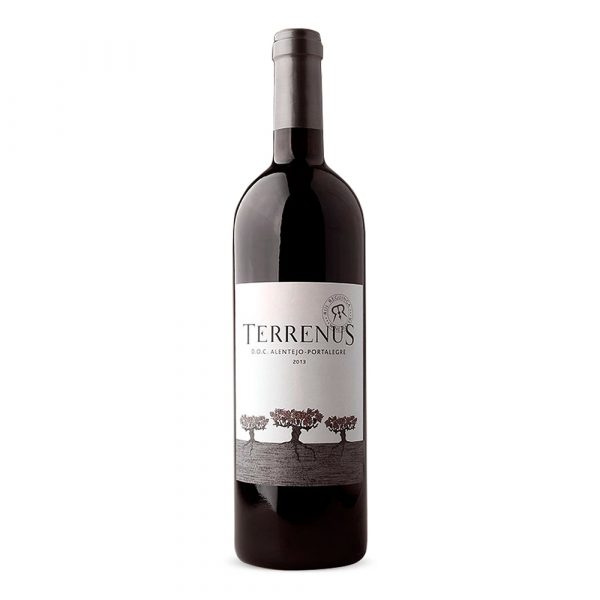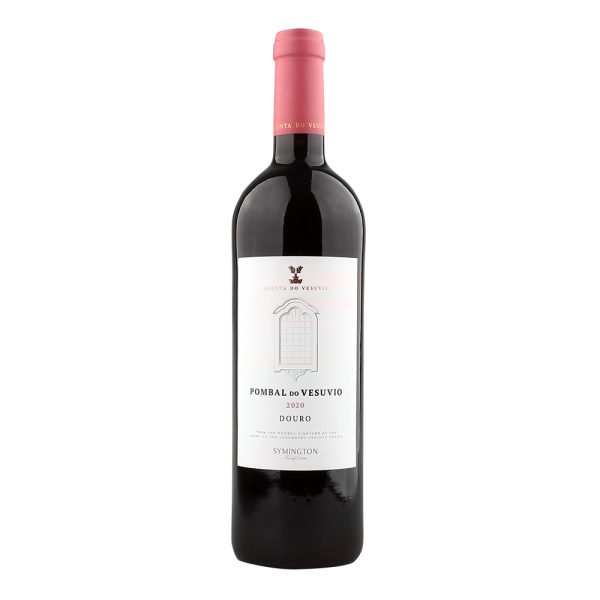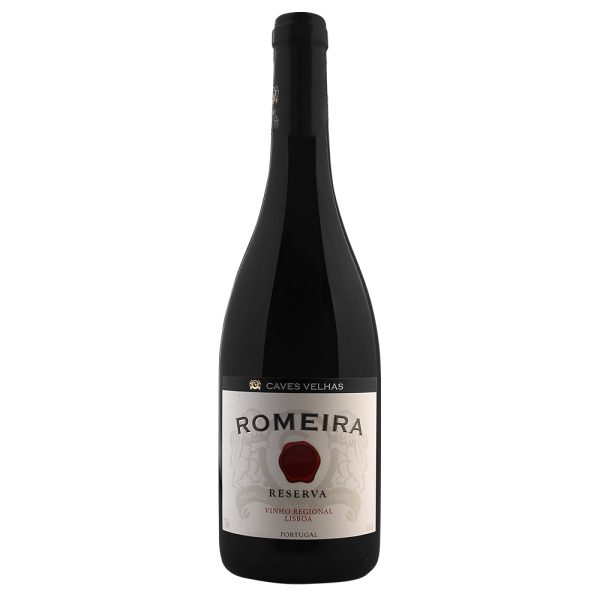Infantes Red
Mechanical harvest at night. De-stem and light crushing, followed by thermal shock to 16ºC through a mass exchanger. Cold pre-fermentation maceration for 48h. Fermentation in conical stainless steel vats at controlled temperature. Finished with a partial stage of the blend in used 300L and 500L French oak barrels for nine months. Intense and concentrated ruby color. Aroma dominated by fresh wild fruit, perfectly integrated with the toasted and spicy notes from aging in barrels. In the mouth it has body and volume, a lot of enveloping fruit and a persistent finish. Contains sulfites.
Farrapo Vinho de Talha Red
Genuine production of Talha Wine. This ancestral production technique is still evident today in Vila de Frades. With a light ruby color, where fruit and earthy aromas prevail. Coming from the carvings, minerality is the watchword in the description of this wine, which combined with the freshness of the red fruit and its good acidity create a harmonious wine as a whole. Contains sulfites.
José de Sousa Puro Talha Red
In the cellar José de Sousa still some ancestor techniques of vinification are used, being the most emblematic the use of the carving in the fermentation of the grapes. The essence of small-scale winemaking has changed in over two thousand years. In this process, the grapes previously crushed on foot are stoned by hand on a ripening table. The fermentation takes place with 30% of the stalks, in hoists with an average capacity of 1,600 liters at a temperature that is around 28ºC, being controlled by watering the hoists 4 times a day. The fermentation takes approximately 8 days, leaving the wine in maceration after fermentation until November. After the pressing of the masses, part is staged in hoists for a period of around 16 months in which an olive oil film is used to prevent oxidation. The other part was stamped on 500-liter brown casks. At the same time, the rest of the stall was fermented in a "task" (small carving with capacity of 300 liters) with a little must. This product is called ripening wine because it is the result of this ancestral technique of manual destemming. This wine is used in the final lot as "salt and pepper". Color reddish brown, aroma of nuts, spices (black pepper, cloves), clay, liqueur, evolved but not oxidized. Taste robust, dry, good acidity, very balanced, tannins present but soft. Long and persistent end of test. Contains Sulfites.
José de Sousa Mayor Red
In the cellar José de Sousa, some ancestral techniques of vinification are still not used, the most emblematic being the use of the carving in the fermentation of the grapes. The essentials of small-scale winemaking have changed in recent centuries. In this process, the grapes previously stamped on foot are stripped by hand on a table called a "ripening table". Then, part of the must, the films and 30% of the stench are fermented in the clay hoards. The rest is fermented in mills. The use of cutlery confers spices and a third dimension to wine. After fermentation, the wine has a skin maceration of 4 weeks, followed by 9 months of aging in new French oak wood. It has a red color with brownish highlights. Aroma to dates, green tea, dried figs, a little peppermint, well integrated oak wood. Fruity palate, soft, elegant, soft tannins. Long test field.
Contains Sulfites.
Reguengos Garrafeira dos Sócios Red
The grapes, coming from the manual harvest of our associates, are immediately stalked and crushed. With the addition of selected yeasts, the fermentation begins at controlled temperature (25ºC). During this period the maceration or tanning is done by the process of timed reassembly, in order to have a greater extraction of color and tannins. The tanning lasts about 15 days. Contains Sulfites.
Adega de Borba Reserva 3x Red
With grapes from the most typical Alentejo grape varieties produced in the sub-region of Borba, the label Cortiça wine was produced, a true ex-libris from the Adega de Borba. Coming from old vines, the grapes had a strict control in the evolution of the maturation, having been harvested in small quantities. In the Cellar, after the destemming and soft crushing of the grape, the alcoholic fermentation began, which lasted for about 10-15 days with the temperature controlled at 24ºC, for greater extraction of the aromas and fruity flavors of the grape. In order to increase the polyphenolic complexity, the tannins and the structure of the wine, it remained in the vat in a post-fermentative maceration process. The malolactic fermentation occurred later in stainless steel containers. To enhance and elevate its organoleptic characteristics, the wine aged 12 months in 3rd and 4th year barrels, French oak and exotic wood barrels. followed by a six-month bottling stage in the basement. Aroma fine and elegant, suggesting black fruits, compote and white chocolate. Contains Sulfites.
Quinta do Ortigão Colheita Red
João Portugal Ramos Estremus Red
The two varieties together ferment three days in marble mills with foot steps. Transfer to stainless steel tank where the alcoholic fermentation ends. Follows 12 days of post-fermentation maceration.
Aroma intense and deep, dominated by mature black fruits such as cassis and blackberries, complexed by tertiary aromas from its stage in barrels. Soft attack, followed by an evolution characterized by acidity, volume and structure, in harmony, which gives it a long, persistent finish and great elegance. Contains Sulfites.
José de Sousa Red
In the cellar José de Sousa still some ancestor techniques of vinification are used, being the most emblematic the use of the carving in the fermentation of the grapes. The essentials of small-scale winemaking have changed in recent centuries. In this wine, a small part is made according to this Roman process, the red grapes previously trodden on foot and destemmed by hand on a table called "table of ripanço". Afterwards, a small part of the must, the films and the stench are fermented in the clay pots, and another in the wine press. The remainder of the brand is fermented in stainless steel vats. The use of cutlery confers spices and a third dimension to wine. After fermentation, the wine has a skin maceration of 4 weeks, followed by 9 months in French and American oak casks. Red color loaded with scented dates, hay, plums, toasted bread, a little clove, oak wood, vanilla, chocolate. Palate with good fruit, good acidity, tannins present but soft. Long end of test. Contains Sulfites.
Ervideira Bio-Nature Red
This organic wine is a true tribute to Nature. With a minimal human intervention we intend to express in a wine all the Alentejo ... the colors, the flavors, the aromas, the emotions, the rich landscape, historical, social ... with the greatest respect for the ecosystem. From the varieties Tincadeira, Aragonez and Cabernet Sauvignon an authentic and rich lot was produced. Aromatically fine, exuberant, seductive ... where they stand out blackberries, currants, plums that prove to be very mature, very greasy. in the mouth has volume, structure, intensity, long ends with a good persistence.
Adega de Borba Reserva Magnum Red
With grapes from the most typical Alentejo grape varieties produced in the sub-region of Borba, the label Cortiça wine was produced, a true ex-libris from the Adega de Borba. Coming from old vines, the grapes had a strict control in the evolution of the maturation, having been harvested in small quantities. In the Cellar, after the destemming and soft crushing of the grape, the alcoholic fermentation began, which lasted for about 10-15 days with the temperature controlled at 24ºC, for greater extraction of the aromas and fruity flavors of the grape. In order to increase the polyphenolic complexity, the tannins and the structure of the wine, it remained in the vat in a post-fermentative maceration process. The malolactic fermentation occurred later in stainless steel containers. To enhance and elevate its organoleptic characteristics, the wine aged 12 months in 3rd and 4th year barrels, French oak and exotic wood barrels. followed by a six-month bottling stage in the basement. Aroma fine and elegant, suggesting black fruits, compote and white chocolate.
Contains Sulfites.
Adega de Borba Grande Reserva Magnum 2013 Red
Garnet color with red nuances. Good aromatic intensity, with emphasis on fruits of the forest, chocolate, tobacco and toast. Soft flavor, with freshness, texture of strong and unctuous tannins to fruits of the forest and spices. Silky, prolonged and persistent finish of great elegance. Contains sulfites.
Adega de Borba Grande Reserva Red
Manual harvest, degummed and fermented grapes with thermal control in a small volume stainless steel mill with a moderate mechanical step. Malolactic fermentation in new barrels selected from French oak in an air-conditioned environment, followed by a stage in new barrels for wine-wood integration, 18 months. After a gentle filtration, the wine was bottled and rested for thinning for 12 months in the basement. This wine was made from grapes from the oldest vineyards in the region of Borba, with two of the most emblematic and representative grape varieties of the region, Trincadeira and Alicante Bouschet, settled in shale soils. Color grenade with red nuance. Good aromatic intensity, with emphasis on forest fruits, chocolate, tobacco and toast. Flavor soft, with freshness, texture of strong tannins and oily to black fruits and spices. Silky, prolonged and persistent finish of great elegance. Contains Sulfites.
Adega de Borba Garrafeira Red
The grapes were crushed gently with total destemming, which was followed by the alcoholic fermentation process in a stainless steel mill, with moderate mechanical treading, ending in maceration for 10 days, under temperature control at 24ºC. The wine aged for 12 months in French and American oak barrels. After light filtration, bottling took place and a final stage in a 30-month cellar in the bottle. Deep garnet color, good aromatic intensity to very ripe black fruits, cocoa and toasted nuts. A soft flavor with silky tannins of raisin fruit and wild berry, full-bodied but with a long-lasting freshness. Contains sulfites.
Mouchão Red
It is the reference wine of the estate, since the first harvest was bottled in 1949, and reflects the unique temperament of the winery. Mouchão wine is born mainly from the best grapes of Alicante Bouschet, while the rest is found in the selection of other varieties such as Habitué Trincadeira, the famous Vinha dos Carapetos, and Aragonês, which is also sometimes invited. This happy combination results in a wine full of personality, with fragrant aroma, fresh and very elegant. It is a wine whose flavor expresses its slow maturation and which strongly reflects its origin and respect for tradition. After harvesting by hand, the grapes follow in small baskets to the cellar, where, after an experienced walk on stone wineries and fermentation, the Mouchão rests in barrels of Portuguese oak, macacaúba and mahogany for at least three years. It grows in all its intensity, character and robustness, but will still have to mature in bottle for another two years. Mouchão wine has a deep, concentrated color, and has a spicy character. Its unique tannin structure enhances a long bottle aging, which can improve significantly on guard for two decades, or even longer. Contains Sulfites.
Monte do Zambujeiro Magnum Red
Monte do Zambujeiro Red
2013 was a hot dry year that resulted in opulent and fruity wines. Monte do Zambujeiro has a beautiful dark red color, followed by a bouquet of wild fruits with notes of toast. A well structured wine under solid, soft tannins, with a creamy and fruity extract, a well integrated acidity and alcohol.
It is ready to be consumed, an immediate pleasure that can last for 5 years if stored well with temperatures up to 15ºC. Contains Sulfites.
Dona Ermelinda Reserva Red
Wine with garnet color almost opaque, with aromas to remember black fruits, spices and smoke, with some compote due to the great maturation reached. In the mouth is a dense, full wine, with great structure, tannins present but integrated and soft. Persistent and very pleasant long finish. Fermentation in stainless steel vats with controlled temperature followed by prolonged skin maceration of 20 days. Stage of 12 months in French oak barrels followed by 8 months in bottle. Contains Sulfites.
Herdade das Servas Colheita Seleccionada Red
Vineyards installed in red soils derived from brown or crystalline limestones, with shale spots, benefiting from a Mediterranean climate with high thermal amplitudes and hot and dry summers. After the green interventions required during the growing cycle, the grapes were manually harvested and transported to the winery in small boxes. After malolatic fermentation, the wine partially aged for 12 months in 2. and 3. year French and American oak barrels. After bottling it rested in bottle for 2 months in our basement. To preserve all its qualities, this wine has not been stabilized, it can naturally create a deposit. Clear wine, violet red, aromas of cherry, blackberry, spices and floral notes. Structured, balanced and voluminous, with full body and persistent finish. Contains Sulfites.
Marquês de Borba Colheita Red
The very young aroma of this Marquis of Borba Tinto, indicates the recent harvest, but is already very harmonious, full of fruit, remembering wild berries, plum, cassis, spices. Very concentrated and fresh in the mouth, with the youth very well tamed, juicy, with beautiful and fresh acidity, is a very attractive red, sweet, perhaps the best Marques de Borba ever.
Contains Sulfites.
Marquês de Borba Reserva Red
The grapes are partially destemmed and fermented in marble mills with the traditional step on foot. Following is the malolactic fermentation that takes place in 2nd year barrels. Excellent aromatic concentration. Notes of red fruits, spices and jams. Powerful and elegant. Solid, vigorous, and with very compact tannins but crushed by the body. Long and distinguished end.
Contains Sulfites.
Tapada do Chaves Reserva Red
Cartuxa Reserva Red
These wines associate their quality with the name of the Carthusian monks who, since 1598, lead a solitary prayer life in the Monastery of Santa Maria Scala Coeli. Produced from the carefully selected vine varieties, Alicante Bouschet eTincadeira, planted in the older vineyards of the Eugénio de Almeida Foundation. When the grapes reach the ideal stage of maturation, they are harvested and transported to the winery, where the technological process begins with total destemming and slight crushing. The grapes are then fermented separately in stainless steel vats and French oak vats, at a temperature of 27 ° C, followed by 15 day maceration. This wine aged for 15 months in new French oak barrels and 12 months in the bottle. Contains Sulfites.
Cartuxa Colheita Red
Produced from the varieties planted in the vineyards of the Fundação Eugénio de Almeida. When the grapes reach the ideal maturation state, they are collected and transported to the warehouse, where the technological process begins with total detachment and light smearing. Then, the grapes are fermented separately, in stainless steel vats, at a temperature of 27ºC, followed by prolonged post-fermentation maceration. It was aged for 12 months in tons and French carvalho barrels. Contains sulfites.
Foral de Évora Colheita Red
Adega de Borba Reserva Red
With grapes from the most typical Alentejo grape varieties produced in the sub-region of Borba, the label Cortiça wine was produced, a true ex-libris from the Adega de Borba. Coming from old vines, the grapes had a strict control in the evolution of the maturation, having been harvested in small quantities. In the Cellar, after the destemming and soft crushing of the grape, the alcoholic fermentation began, which lasted for about 10-15 days with the temperature controlled at 24ºC, for greater extraction of the aromas and fruity flavors of the grape. In order to increase the polyphenolic complexity, the tannins and the structure of the wine, it remained in the vat in a post-fermentative maceration process. The malolactic fermentation occurred later in stainless steel containers. To enhance and elevate its organoleptic characteristics, the wine aged 12 months in 3rd and 4th year barrels, French oak and exotic wood barrels. followed by a six-month bottling stage in the basement. Aroma fine and elegant, suggesting black fruits, compote and white chocolate. Contains Sulfites.
Esporão Reserva Red
Separate harvest of each variety, destemming, crushing, alcoholic fermentation in stainless steel vats, concrete vats and small marble presses, with controlled temperatures, pressing, followed by malolactic fermentation in stainless steel vats. 12 months in American (60%) and French (40%) oak barrels After bottling, at least another 8 months of aging in bottle followed. Intense ruby color, notes of blackberries, nutmeg, licorice and a hint of black pepper. In the mouth it is rich and complex, where notes of ripe black fruit and spices predominate. Persistent ending. Contains sulfites.
Conde d’ERVIDEIRA Private Selection Red
Mechanical harvest and Night. The Touriga Nacional is fermented in "vinimatics", while the Alicante Bouschet ferments in mills equipped with robot of mechanical step. Temperature controlled from 22º to 24ºC. Stage 12 Months in new French oak barrels. Longevity from 6 to 8 years. It presents an elegant and complex aromatic profile, associated with a striking structure, has high persistence and longevity. Contains Sulfites.
Conde d’ERVIDEIRA Vinho da Água Red
Selection of the best lots of grapes. vinified caste by caste. The Aragonez is fermented in "vinimatics", while the remaining varieties ferment in mills equipped with mechanical step robot. The process proceeds at a controlled temperature of 25ºC. Thanks to submergence gained body, youth and structure, becoming more aromatic, with a more violaceous and without oxidation. Contains Sulfites.
Dom Martinho Red
Quinta do Carmo Red
Alabastro Red
The proof features a deep ruby color and intense aromas of red fruits. In the mouth it is full bodied, and soft with a good feeling of freshness and where you can notice the flavors of the red fruits combined with notes of spices. The Alabastro, with its aromatic richness, accompanies meat dishes or grilled fish, salads and fresh cheeses.
Contains Sulfites.
Monte Cantado Red
This wine presents the nature of Alentejo, where tranquility and grandeur come together to the sound of the songs of companions who come together in the beautiful landscapes of the Alentejo estates. Wine of crystalline appearance, garnet color, aroma of black and red fruit with discrete notes of spices, soft and medium bodied in the mouth.
TERRENUS DOC Red
Pombal do Vesúvio Red
This is the second wine from Quinta do Vesuvio, whose name refers to the Pombal Vineyard, characterized by the existence of an old and traditional Douro pombal and where Touriga Nacional grapes are produced, which represent an important component in the final lot of the Pombal Vesúvio. Contains Sulfites.

